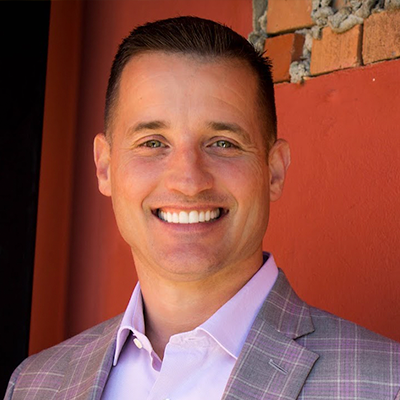Down Payment Vs. 100% Financing
Posted on February 11, 2022
Are you looking to buy a house and aren’t sure if you should put money down or use a 100% financing option? In this video, we’re going to walk you through the pros and cons of obtaining 100% financing for your next home purchase. We’ll examine everything from interest rates to long-term costs so you can determine the best option for your situation.
Understanding Your Options
When it comes to buying a house, everyone is in a different situation. Whether putting money down or using 100% financing is right for you purely depends on your situation and how long you plan on financing the property.
First off, 100% financing is a great thing for many homebuyers. However, you’ll want to beware of some 100% financing programs in the marketplace that—like those that have no mortgage insurance, for example. If it sounds too good to be true, there might be a catch. From my experience, there’s always a cost for something that is marked free.
One of the things you want to take a look at is the interest rate. You can then compare it back against the rate of other loan programs, such as conventional, FHA, or USDA. All too often, 100% loans at a higher interest rate with no mortgage insurance are going to cost you more in the long run, especially when compared to other loan programs. This is true even if it’s a little bit of money down or 100% financing.
Comparing Terms
The key in all of this is to do your due diligence. For example, there’s a program right here in Longview, Texas, that is marketed as 100% financing with no mortgage insurance. I’m not saying that’s a bad thing; I’m just saying that you want to take that loan program and compare it to other loan programs in the marketplace. You’d be pleasantly surprised that some are substantially lower.
If you’re unfamiliar with what private mortgage insurance is, this fee is added when you are not putting 20% down on the home purchase. The amount will be charged to you monthly on most loan programs. So while a 100% loan program with no mortgage insurance sounds like a terrific idea—and sometimes it is—just make sure you’re comparing program terms.
For example, take that loan program the credit unions are offering and compare it to other 100% financing programs (or programs that charge mortgage insurance). More than likely, you’re going to find a less expensive loan.
The Long-Term Cost Of Your Loan
The most important number you want to be comfortable with on your loan is the total monthly payment. This is the amount you’re going to pay over time, every month—and you want to pay the least amount of money possible. Some buyers don’t always look at the long-term payments or the bigger picture when they’re comparing loan programs in the market.
Here’s what I do with each one of my clients. If you’re looking at a 100% loan program, I’ll ask you to take that loan program—especially if it’s with the local credit union—and compare it to other loan programs that are in the marketplace. Once you do this simple side-by-side comparison, you’ll have all the facts, details, and numbers need to make an informed decision.
You’re then going to want to compare your 100% loan program options to other programs, allowing you to measure the long-term cost throughout the years. When you understand how much you’re going to pay in the long run, you can make a decision that will be right for you.
A Case Study
As you compare programs, you’re going to see that 100% loan programs with no mortgage insurance sometimes have higher rates compared to other loan programs. Of course, I’m not saying 100% financing is bad; I love 100% loan programs. You just want to weigh all of your options to make sure what you choose is the best route.
Let me give you a real-life example to drive the point home. My clients, Sarah and Johnny, went to a local credit union. They thought that the credit union’s 100% loan program with no mortgage insurance was going to be the best option for them. Before they agreed to this loan, they had me look it over just to make sure it was the right choice.
When we sat down and compared it to a conventional loan—where they would have to put a little bit of money down—they saw that they’d be paying substantially less. A conventional loan would cost them $92 less a month, even while paying mortgage insurance. This shows the importance of not getting fooled by a “no mortgage insurance 100% loan” because, sometimes, it can be more expensive. That $92 a month Sarah and Johnny saved would end up giving them an extra $33,120 over 30 years.
Choosing The Best Option For You
I hope this helped you understand the pros and cons of 100% financing loans. Remember, if you’re looking at 100% financing, it’s not a terrible idea. Just make sure you’re coming to an awesome lender like me, be smart, shop around, and ask questions.
Ultimately, the most important thing is to make sure you’re getting the most competitive price and the best loan program. If you’re in the wrong loan program—and even with the lowest interest rate—it can cost you thousands of dollars over time. Make sure to reach out to me and my team if you have any questions about 100% financing, other loan products, or how to compare different options. Just call us at 903-331-0892 and we’ll be happy to give you a free consultation.
Don’t forget to subscribe to my channel so you never miss an episode of my show, all about real estate and making smart choices. Stay tuned to see what I feature next!




